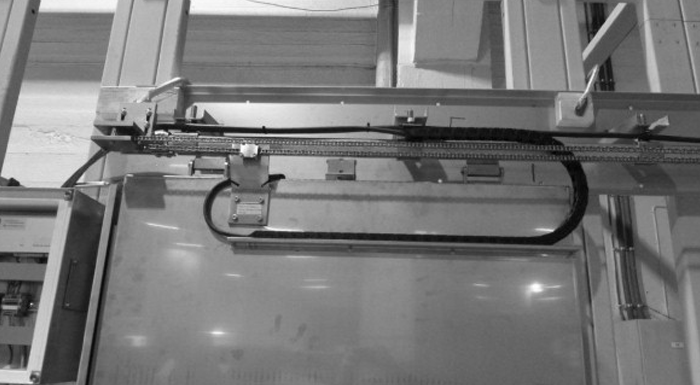
The electrical operated sliding fire door system is designed to electrically open and close sliding doors in extreme environmental offshore and onshore conditions. Such doors are especially convenient during fire events, where the closing mechanism of a door is of crucial importance for the safety of people and the surroundings.
The requirements for electrically operated doors is driven by the stringent NORSOK standards, aiming to improve the safety and working conditions onshore and offshore.
In this article I will explain thoroughly about the importance of maintaining safety by installing electrically operated sliding doors.
Maintaining safety
In order to improve the safety and working conditions offshore, the NORSOK standards specify that the opening force (initial force required to open a door) shall not exceed the following limits for doors in frequent use (i.e. doors in major traffic and escape routes and doors likely to be used at least 10 times a day) when these doors are in a level position:
- Hinged doors : 65 N
- Sliding doors : 50 N
For all other doors the following limits shall not be exceeded:
- Hinged doors : 130 N
- Sliding doors : 105 N
The maximum acceptable opening force in an accidental situation shall never exceed 250 N for doors in main escape routes. As a result of this standard, external, and some internal doors, depending on size and weight, need to be equipped with an automatic door opening system.
Also, failure to close manually operated doors is a commonly mistake made during day-to-day operations. An electrically operated door will eliminate this problem because it is operated by one push button.
A fire door is only effective during fire and explosion when the door is closed. If this is not the case, the door will not provide the safety it was designed for.
Operation of electrically operated doors during fire events
According to the NORSOK standard, doors with automatic opening devices shall not "self-open" under the action of fire, and should be engineered as such. Manual override devices or emergency release valves shall be located approximately 1.750 mm above the floor, and have a self-explanatory arrangement for use.
The electric system is located in a weathertight control box and is equipped with a back-up battery to operate the door (10) times in case of a power failure so as to provide safety in all situations. The door can be operated by using the push buttons and/or the door handles.
Want to know how more about the different types of doors? Download our eBook now!







